Hair Transplant
A hair transplant is a medical procedure that helps restore hair by moving healthy hair follicles from one part of the body, usually the back or sides of the scalp, to areas experiencing hair loss. It is commonly used to treat male and female pattern baldness. The procedure is minimally invasive and can provide natural-looking, permanent results. Recovery time is relatively short, and most patients resume normal activities within a few days. Hair transplants have become increasingly popular due to advancements in technology and techniques, offering a confidence boost to those struggling with hair thinning or baldness.
Hair Transplant Before & After
At Lygos Clinic, we showcase the most natural and impressive transformations. Our hair transplant before and after results highlight the success of our advanced techniques and personalized approach. Patients enjoy fuller hairlines, boosted confidence, and youthful appearances.
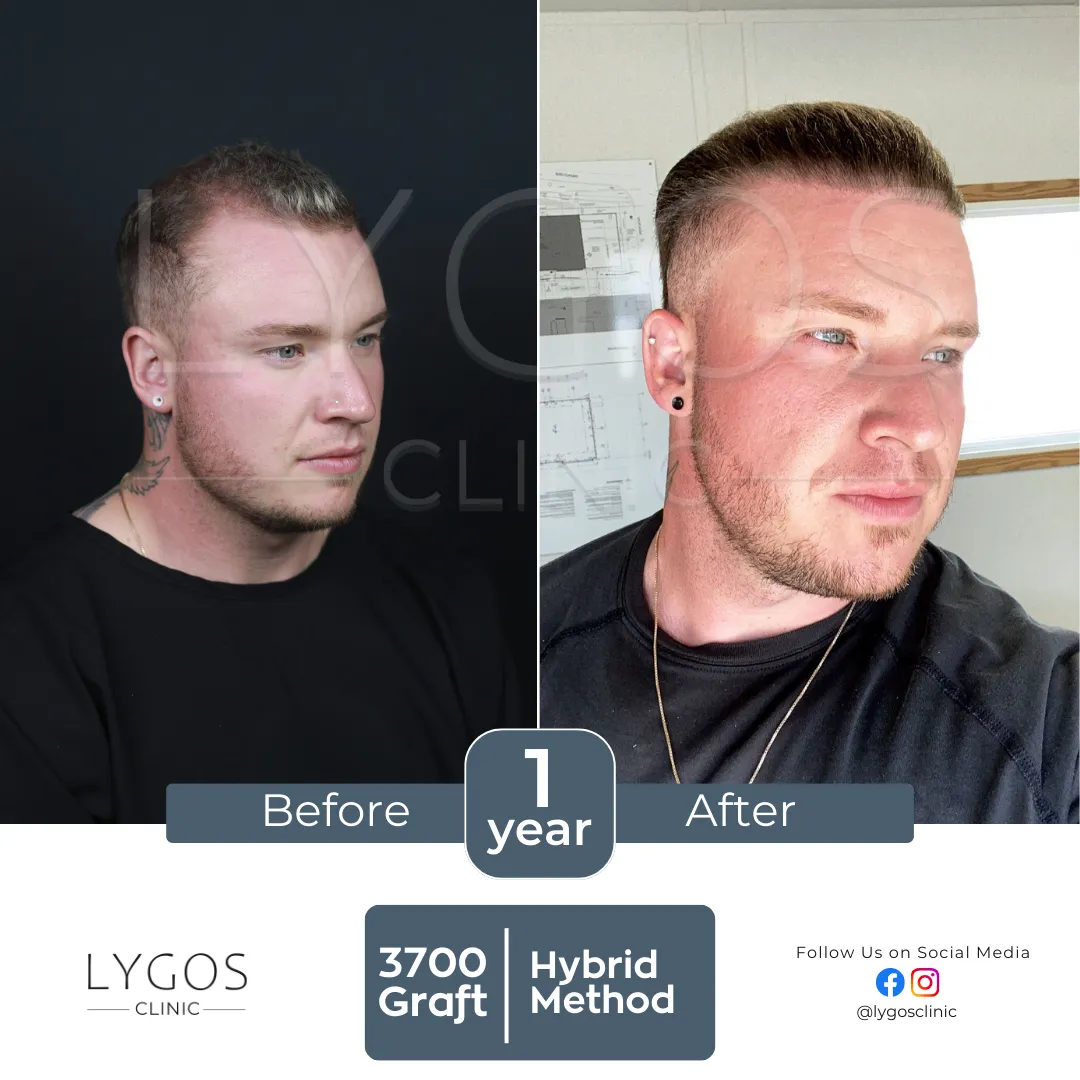
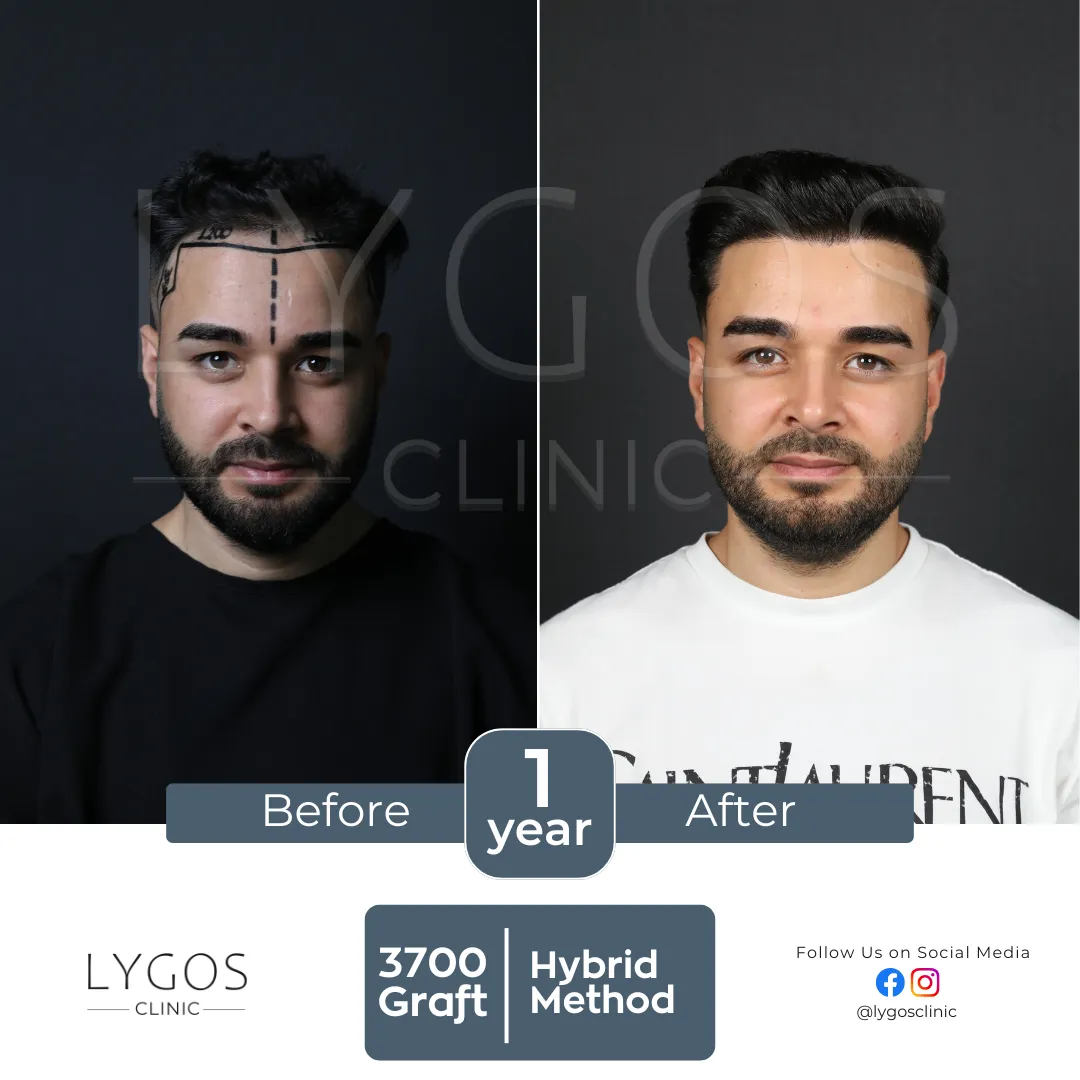
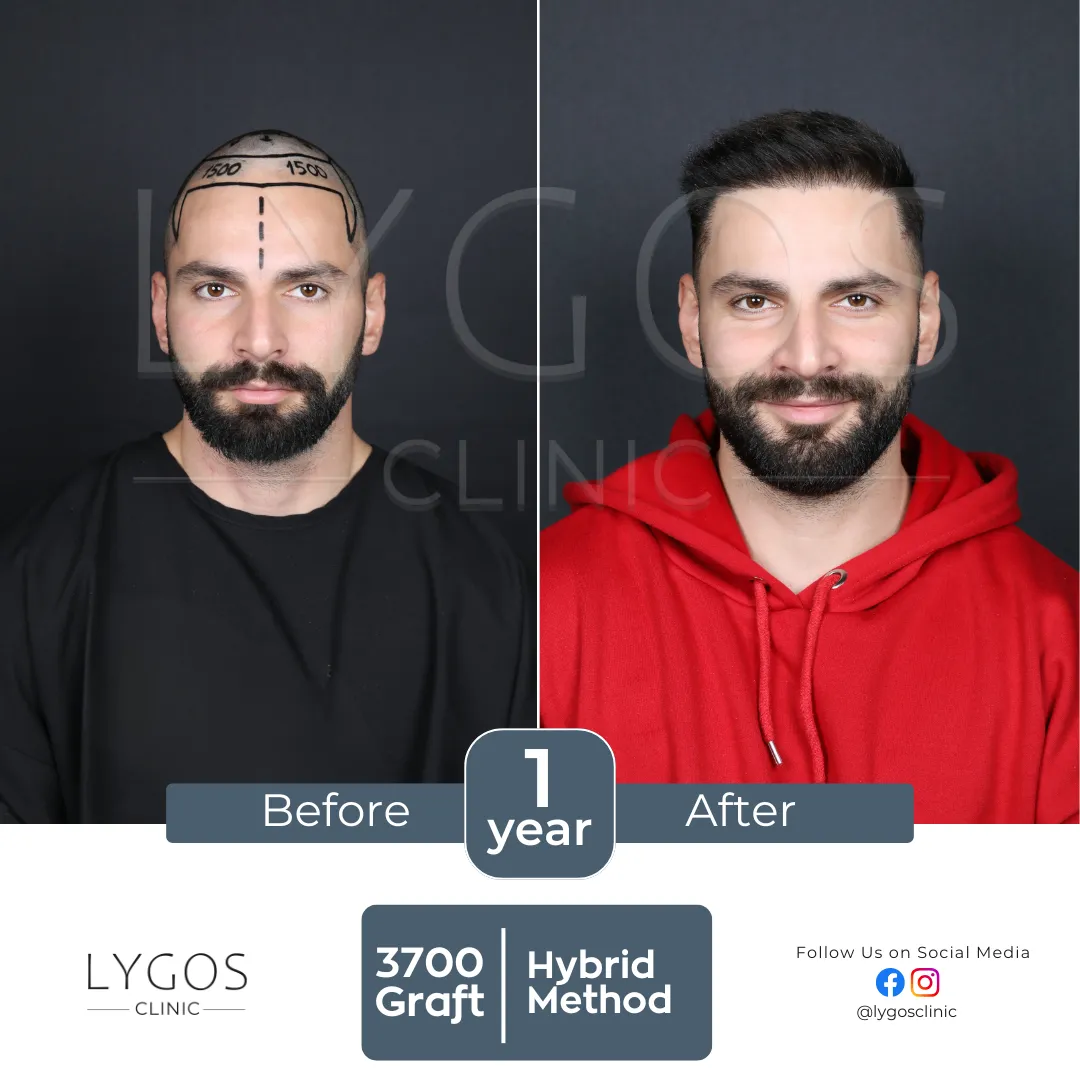
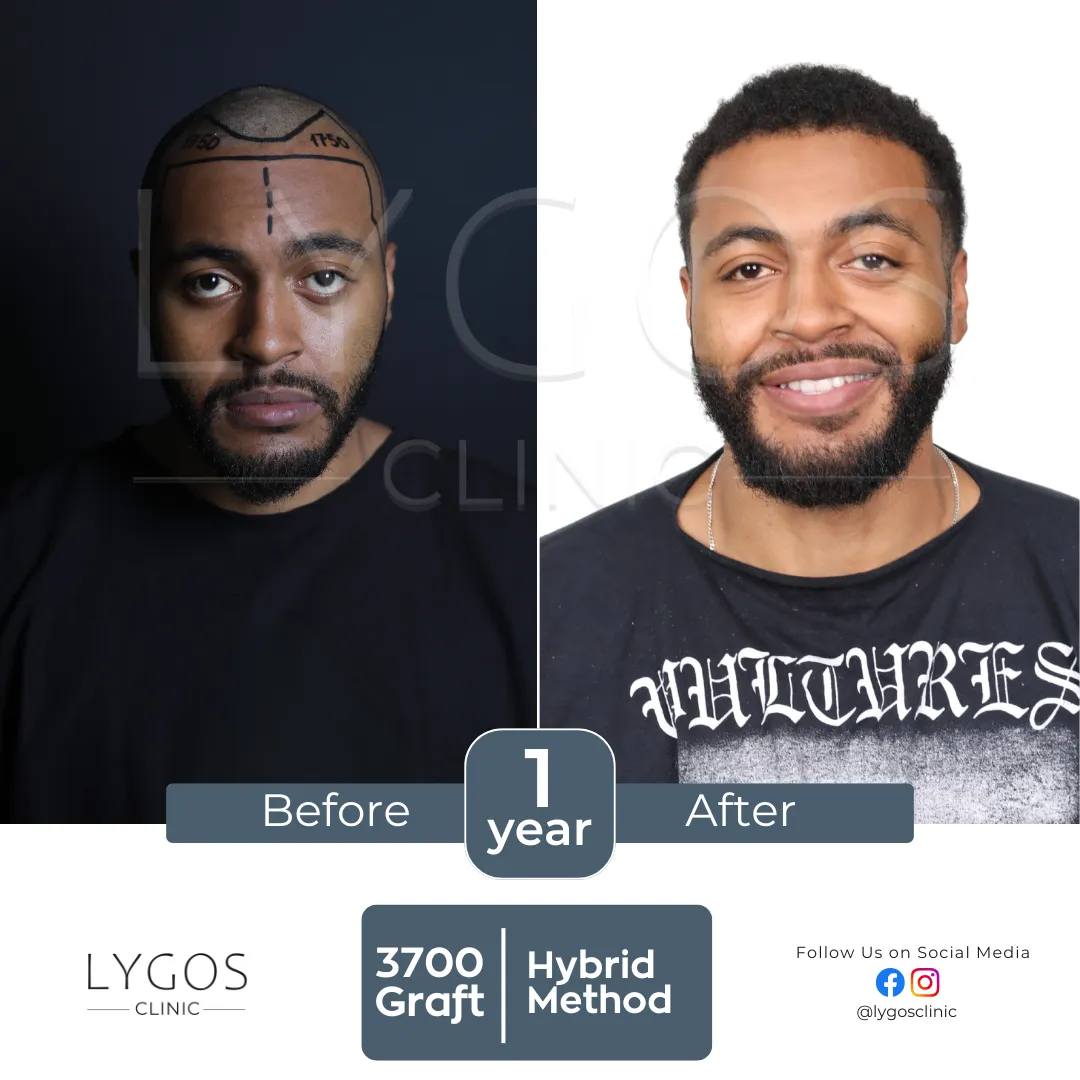
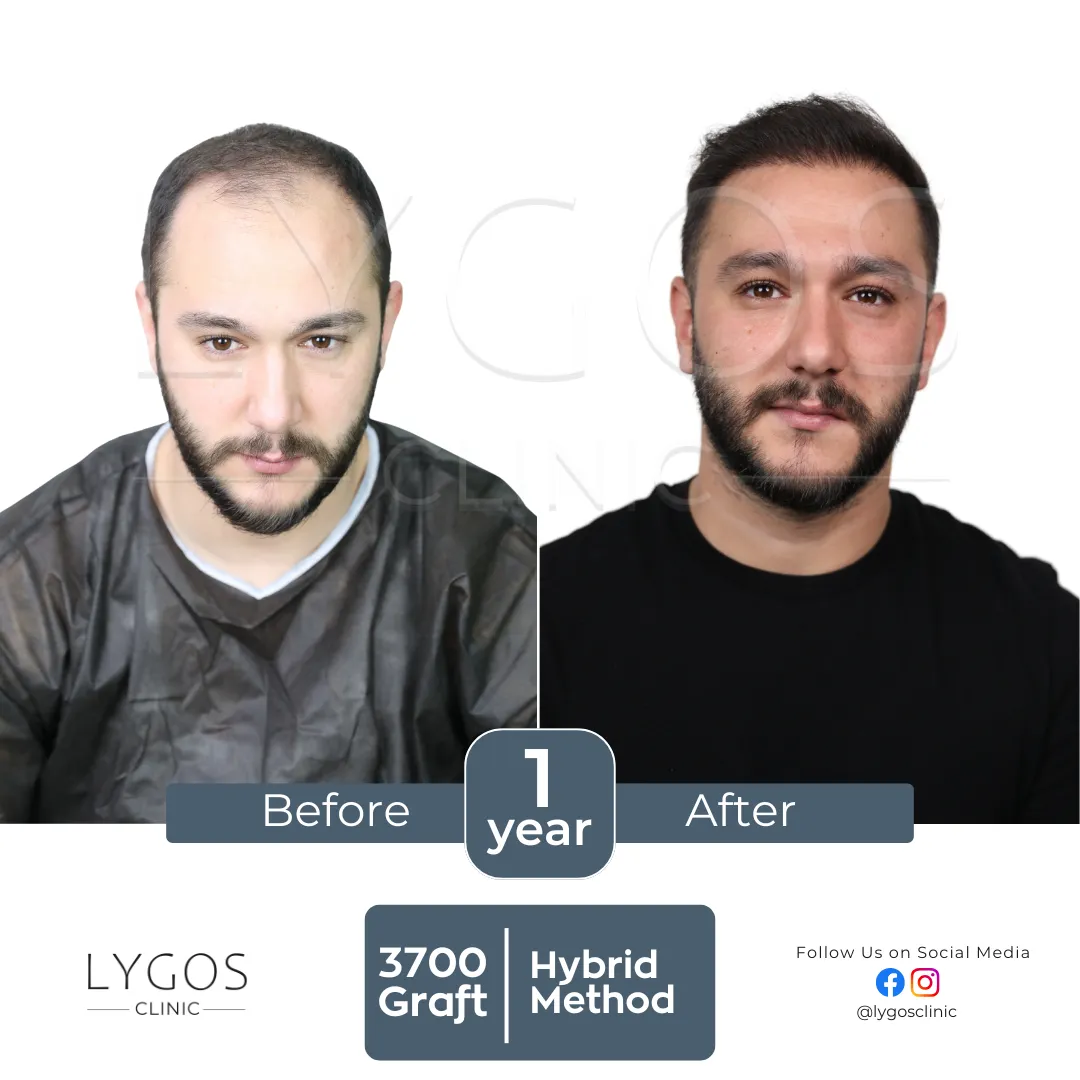
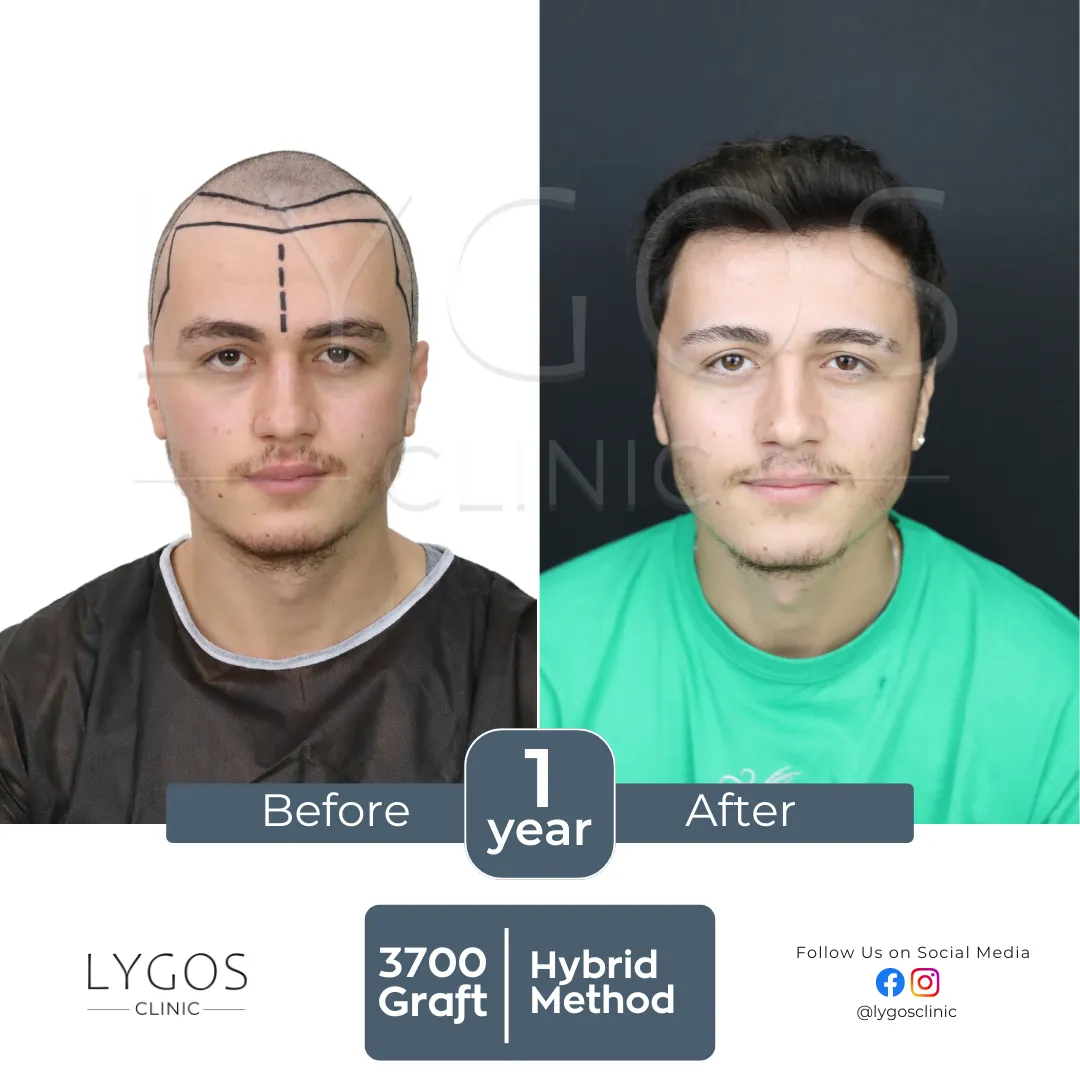

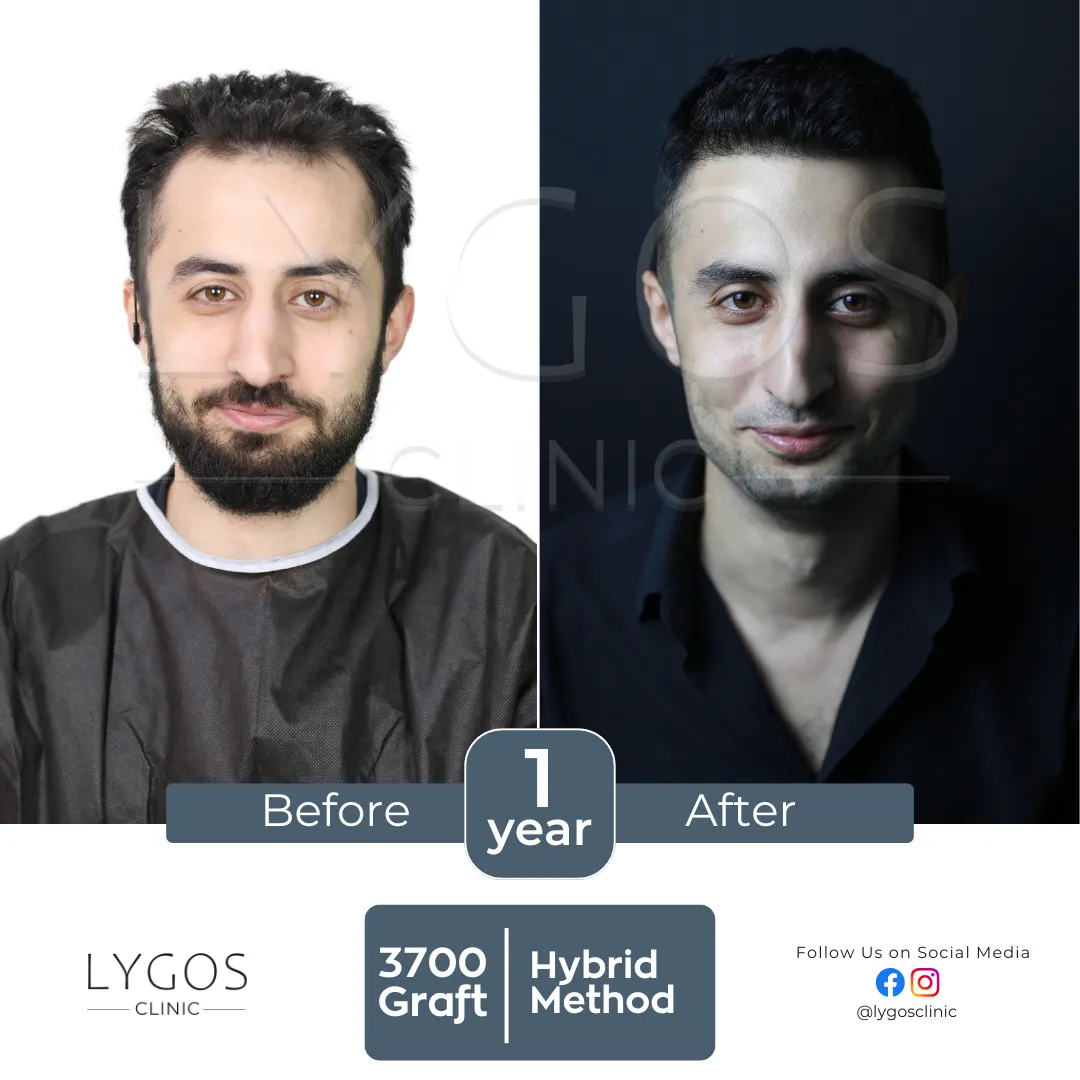
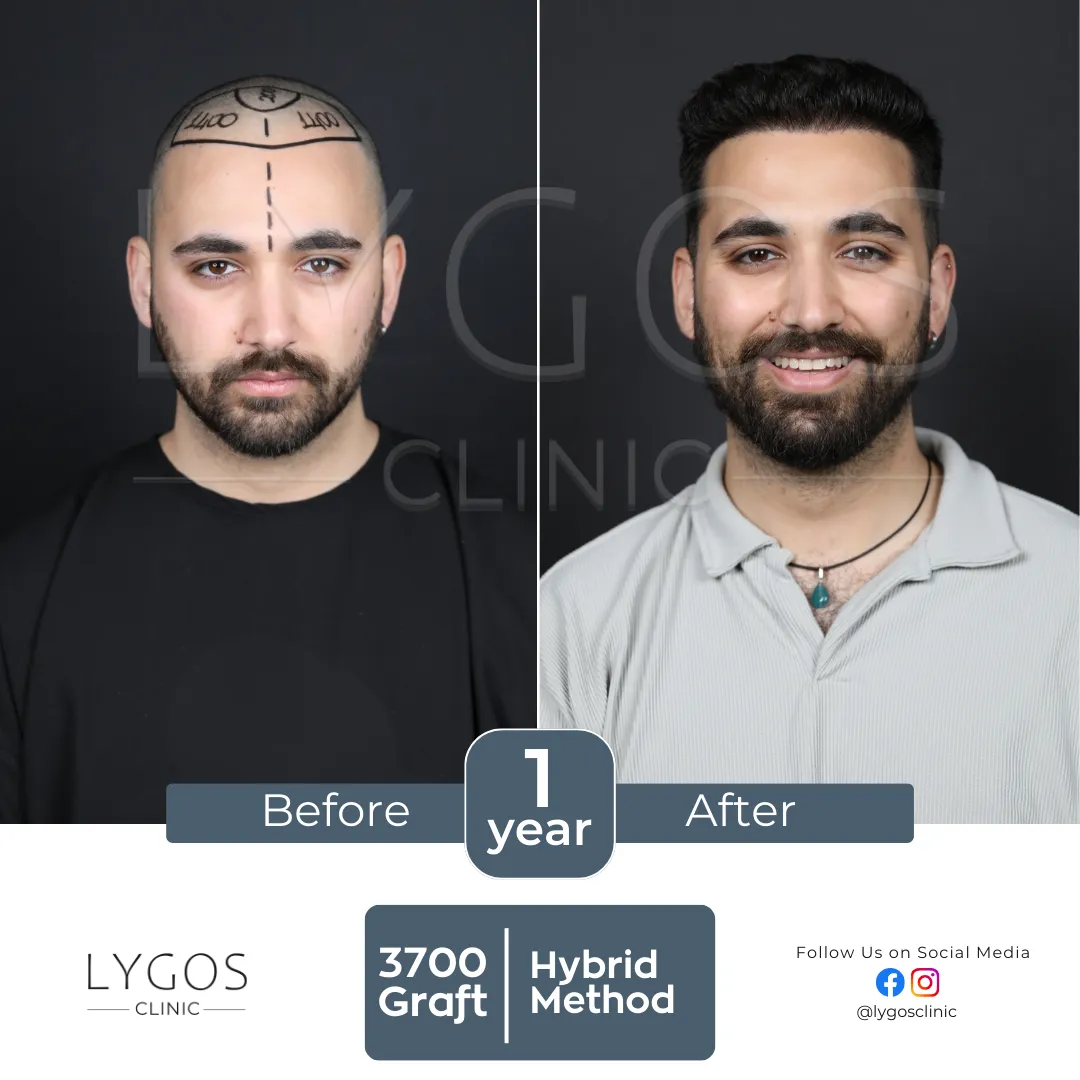
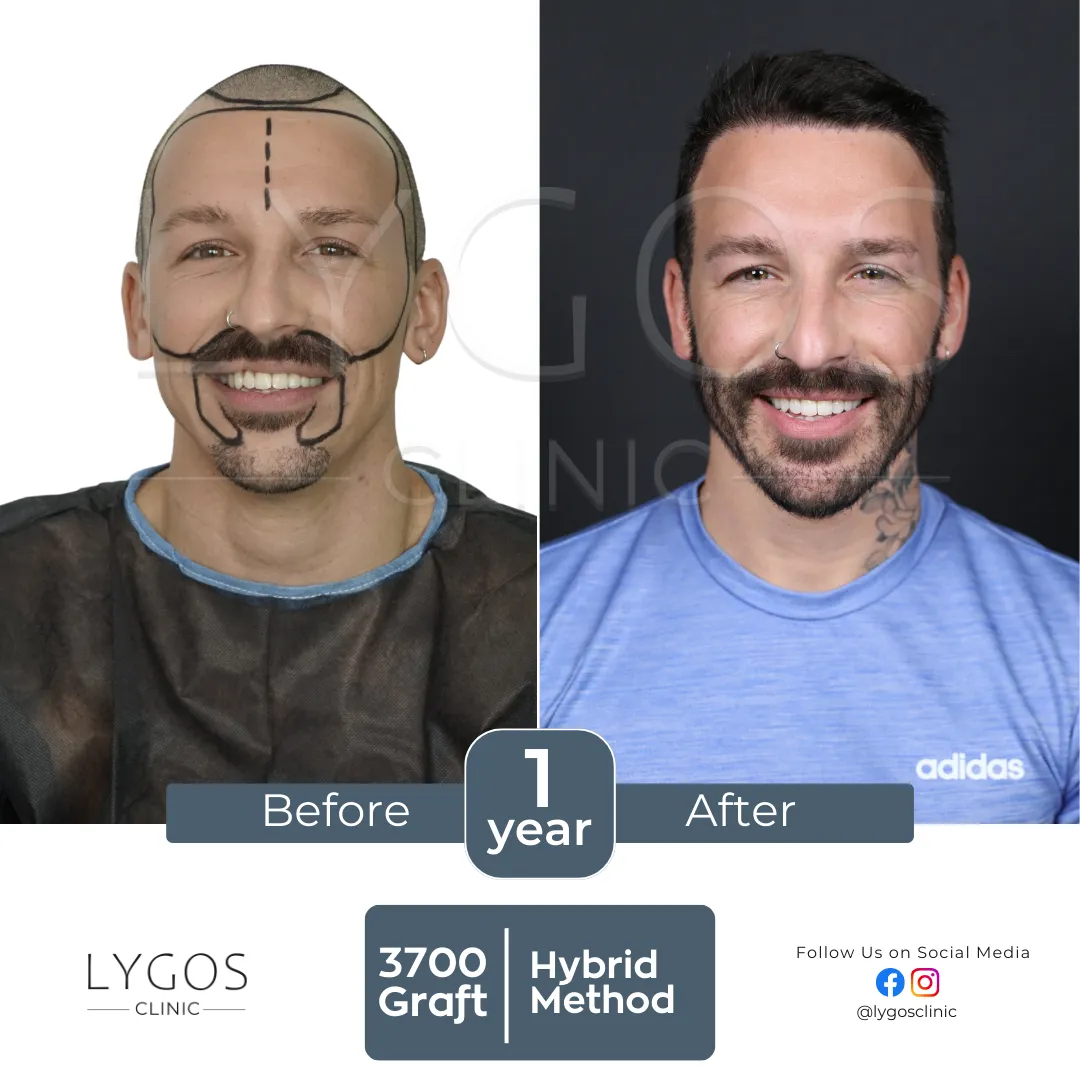

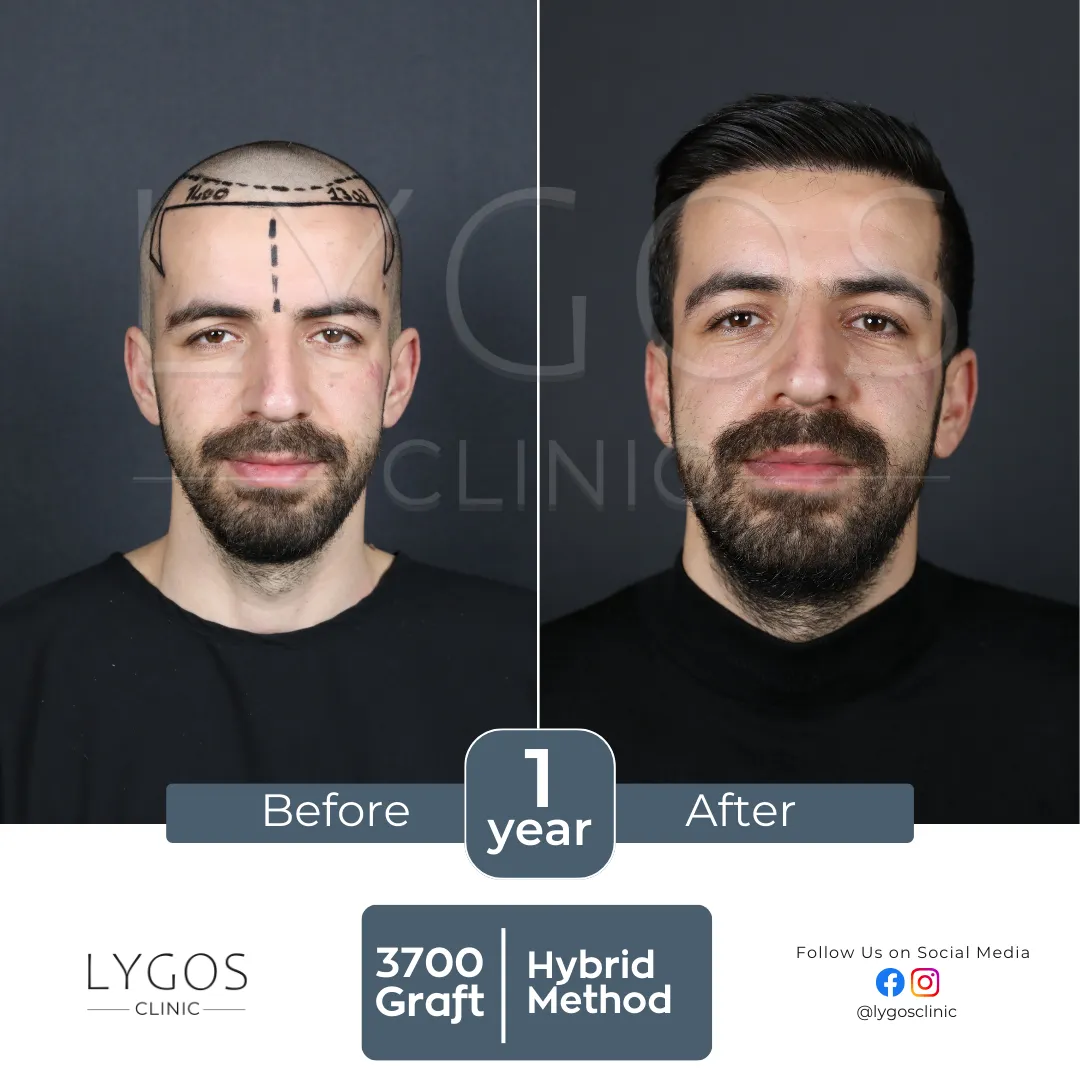
Get in Touch
Get professional treatments in Turkey at Lygos Clinic, offering effective, affordable treatments for a healthier and more aesthetically pleasing life.
You can contact us via WhatsApp and Instagram for a quick response.
What is a Hair Transplant?
Hair transplant is a clinically proven and effective surgical solution to hair loss, involving the meticulous extraction of healthy hair follicles—usually from the back or sides of the scalp—and their precise implantation into thinning or balding areas. This minimally invasive procedure is particularly effective for individuals experiencing male or female pattern baldness, receding hairlines, or thinning crowns.
Modern hair transplant techniques, such as FUE (Follicular Unit Extraction) and DHI (Direct Hair Implantation), have significantly enhanced both the natural appearance and long-term success of the results. The treatment is performed under local or sedation anesthesia, ensuring patient comfort throughout the procedure.
A hair transplant not only restores hair density but also boosts self-confidence and improves overall appearance. With advancements in technology and experienced medical teams—like those at Lygos Clinic—patients can now enjoy natural-looking, permanent results with minimal downtime and visible improvements within a few months.
Whether you’re dealing with hereditary hair loss or seeking a solution to thinning hair, a hair transplant offers a reliable, long-term remedy tailored to your individual needs.
Hair Transplant Procedure
Hair Transplant at Lygos Clinic
At Lygos Clinic, we employ the latest techniques including FUE Sapphire, DHI, and Hybrid transplants. Our experienced medical team ensures optimal results tailored to individual hair types and aesthetic goals.

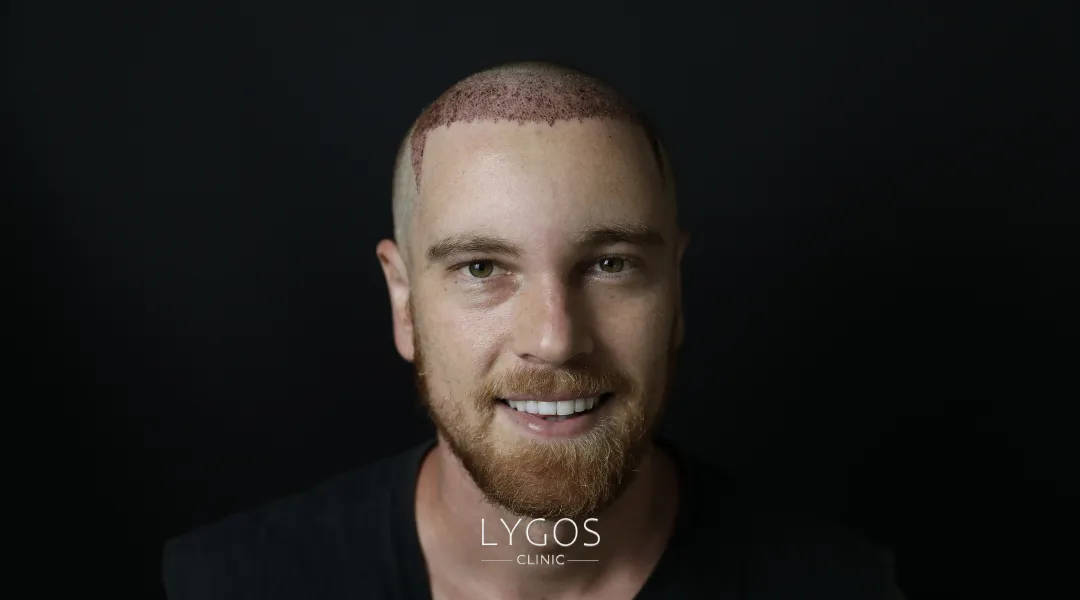
FUE Sapphire Hair Transplant
FUE Sapphire is a modern hair transplant method that uses sapphire-tipped blades to create precise micro-incisions in the scalp. These V-shaped incisions allow for denser graft placement, minimal tissue damage, and faster healing compared to traditional steel tools.
The sapphire blades enable hair follicles to be implanted at the ideal angle and depth, ensuring a natural appearance and higher graft survival. Thanks to reduced trauma, patients experience less scarring, quicker recovery, and more aesthetic results.
At Lygos Clinic, we specialize in FUE Sapphire to deliver high-density, natural-looking hair transplants with minimal downtime.
Sapphire FUE Advantages
- Precise incisions with minimal trauma
- Reduced scarring and faster recovery
- Natural-looking density and angles
Duration of the Sapphire FUE Procedure
Depending on the number of grafts, the procedure lasts between 6 to 8 hours, typically completed in a single session.
6 – 8 Hours
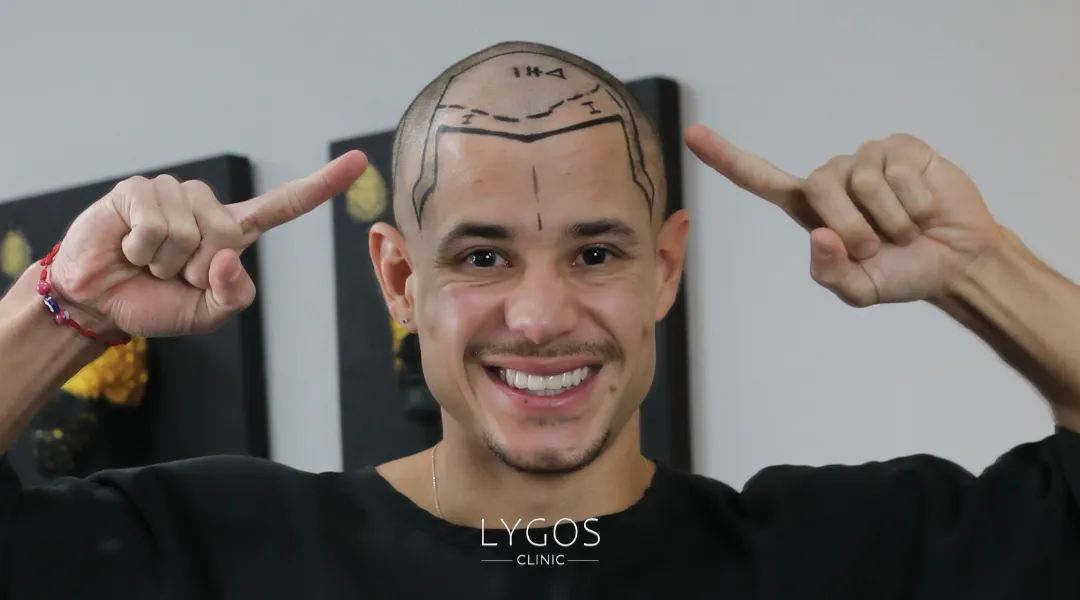

DHI Hair Transplant
Direct Hair Implantation (DHI) is an advanced technique that uses a Choi implanter pen to place hair follicles directly into the scalp without the need for prior incisions. This allows for greater precision, as the extraction and implantation steps are done almost simultaneously.
DHI offers excellent control over the angle, depth, and direction of each graft, resulting in a very natural hairline and appearance. It's especially ideal for patients seeking dense, detailed restoration in specific areas like the hairline, eyebrows, or beard.
At Lygos Clinic, we perform DHI transplants with the highest standards, ensuring minimally invasive, scar-free results and a fast recovery process.
DHI Method Advantages
- No need to shave the recipient area
- Maximum control over depth and angle
- Excellent for eyebrow and beard transplants
Duration of the DHI Procedure
DHI sessions can last 7–9 hours, with recovery starting immediately after the procedure.
7 – 9 Hours


Hybrid Hair Transplant
Hybrid hair transplantation combines the strengths of both FUE and DHI techniques, allowing for a personalized approach tailored to different areas of the scalp. FUE is typically used for bulk extraction and wide coverage, while DHI is applied for high-precision areas like the hairline.
This method is ideal for patients with complex or advanced hair loss, as it offers both density and design flexibility. By blending both techniques, it ensures natural-looking results, optimal graft survival, and efficient use of donor hair.
At Lygos Clinic, we customize hybrid transplants based on each patient’s needs to achieve maximum effectiveness and aesthetic balance.
Hybrid Method Advantages
- Tailored solutions for different scalp areas
- Higher graft survival rate
- Enhanced aesthetic outcomes
Duration of the Hybrid Method Procedure
Hybrid sessions may take 8 to 10 hours depending on the scope of the procedure.
8 – 10 Hours
Get in Touch
Get professional treatments in Turkey at Lygos Clinic, offering effective, affordable treatments for a healthier and more aesthetically pleasing life.
You can contact us via WhatsApp and Instagram for a quick response.
Women Hair Transplant
Hair loss in women is often emotionally distressing and can impact confidence and self-image. Unlike male hair loss, female patterns are usually more diffuse, requiring a specialized treatment approach.
At Lygos Clinic, we offer custom hair transplant solutions tailored to women’s unique hair structure and patterns. Using techniques like unshaven DHI, we ensure natural results with minimal disruption to daily life, maintaining both appearance and privacy throughout the process.
Types of Hair Loss in Women
- Androgenetic alopecia
- Telogen effluvium
- Traction alopecia
- Hormonal imbalances
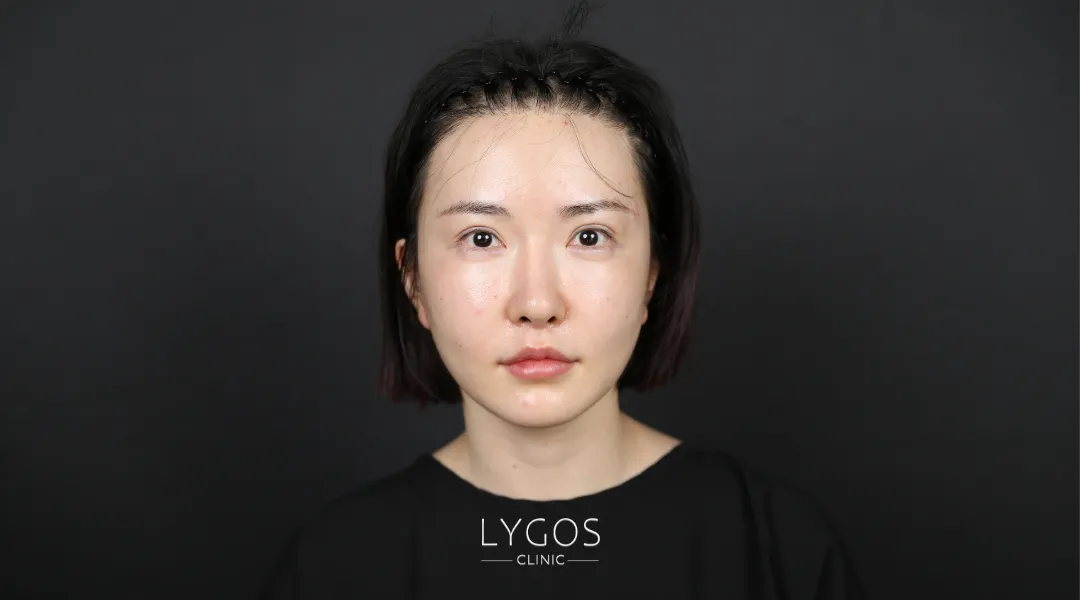

Women’s Hair Transplant Process
We offer discreet and effective methods like unshaven DHI, ensuring natural results with minimal disruption to daily life.
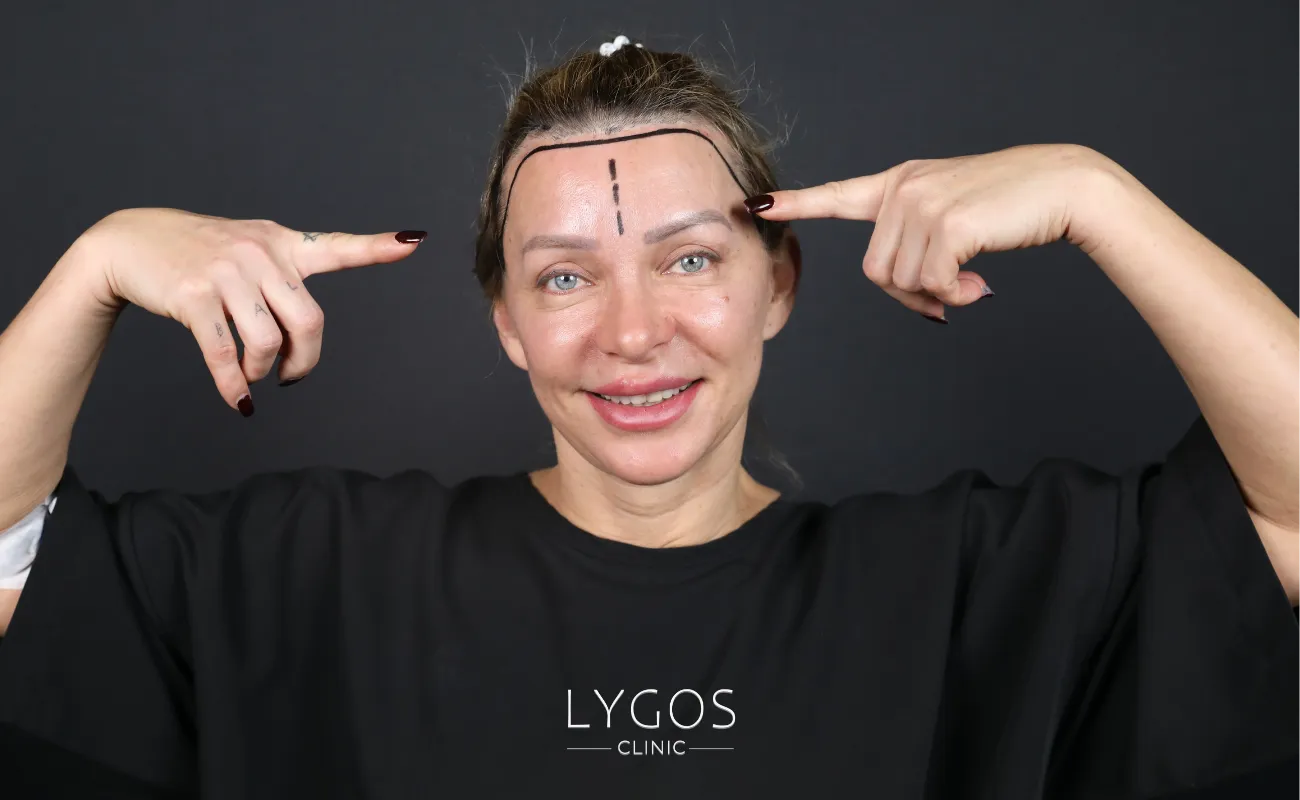

Afro Hair Transplant
Afro-textured hair has a distinct curl pattern and follicle structure, which makes the transplantation process more complex. It requires specialized techniques and tools to preserve the natural curl and ensure proper follicle direction.
At Lygos Clinic, our expert team is experienced in Afro hair transplants, providing safe, effective solutions with natural-looking results. Each procedure is tailored to maintain hair texture, density, and overall aesthetic harmony.

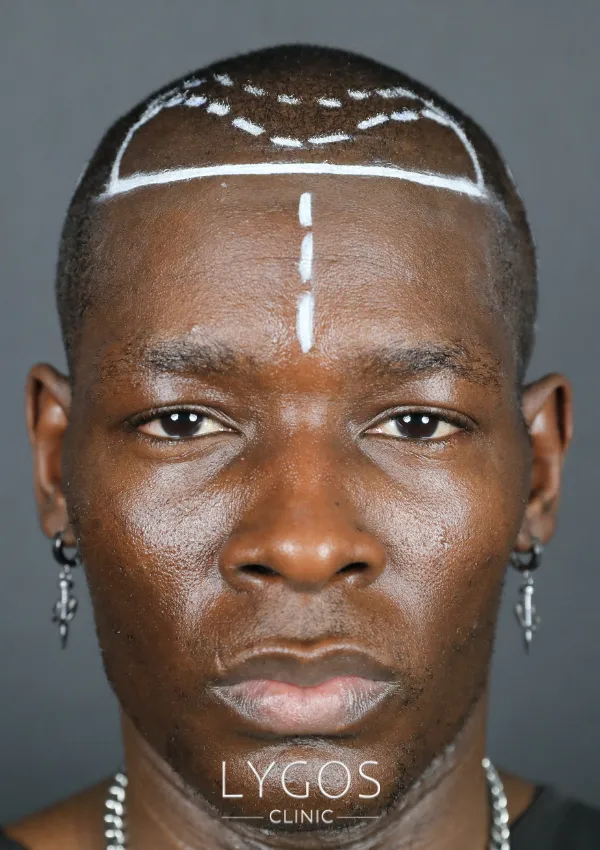
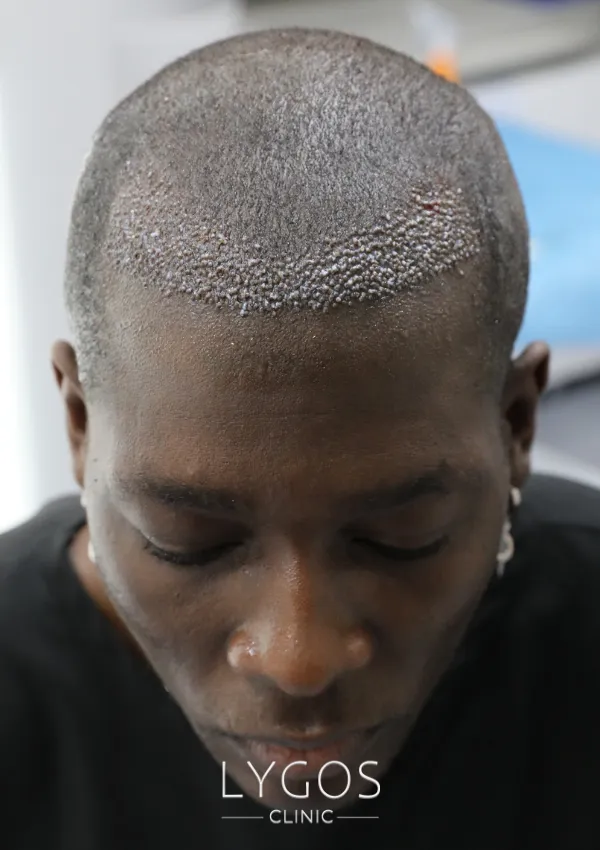
Afro Hair Transplant Process
Our specialized team uses modified tools and techniques to ensure effective extraction and implantation, preserving curl direction and hair health.
Can Women Also Have Afro Hair Transplant?
Absolutely. We provide custom solutions for women with afro-textured hair, considering individual needs and hair density.
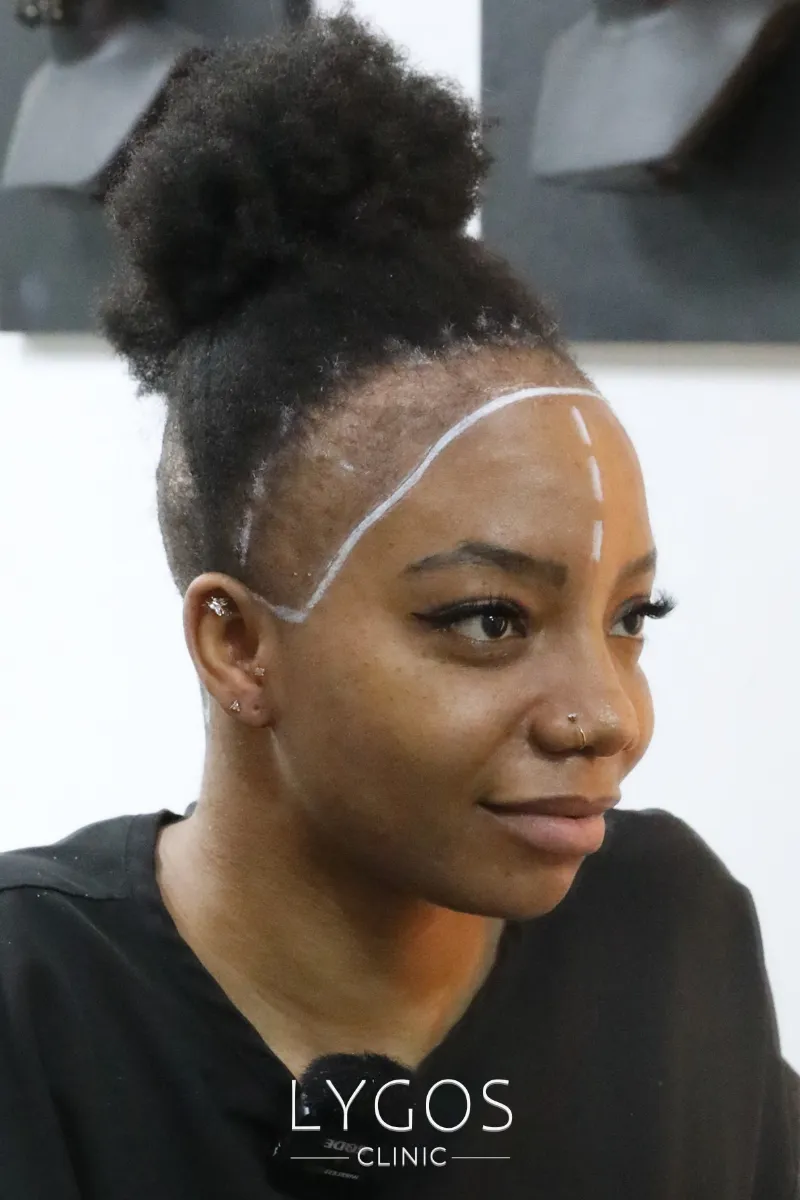

Sedation Anesthesia Hair Transplant
Sedation anesthesia ensures a pain-free and comfortable hair transplant experience. It is especially recommended for patients with anxiety or low pain tolerance.
Get in Touch
Get professional treatments in Turkey at Lygos Clinic, offering effective, affordable treatments for a healthier and more aesthetically pleasing life.
You can contact us via WhatsApp and Instagram for a quick response.
Recovery Process After Hair Transplant
Recovery is a gradual process, with visible improvements at each stage.
15–30 Days After
- Initial scabbing and shedding
- New hair begins to enter growth phase
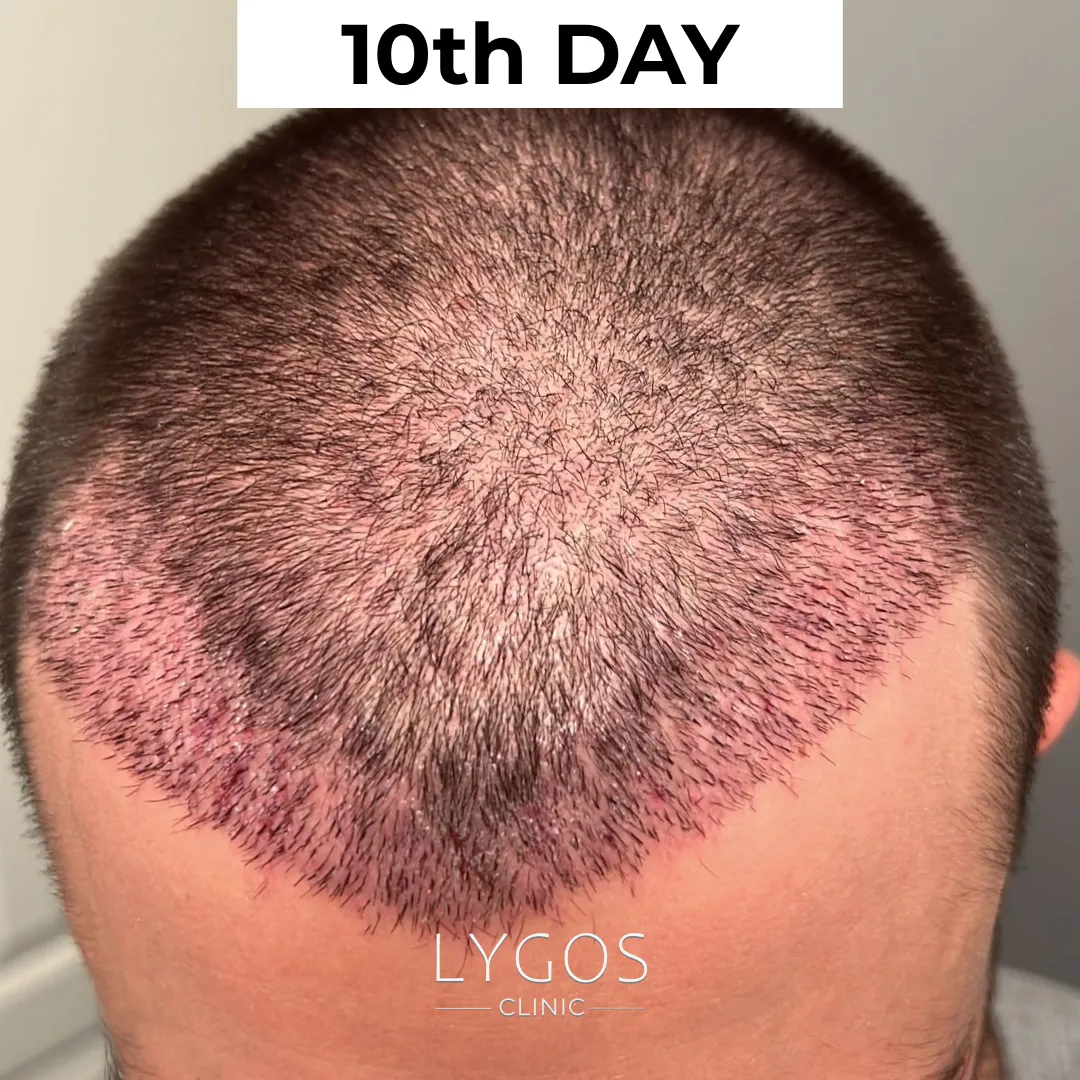
3–6 Months After
- Noticeable hair growth and improved density
- Continued thickening and natural shaping
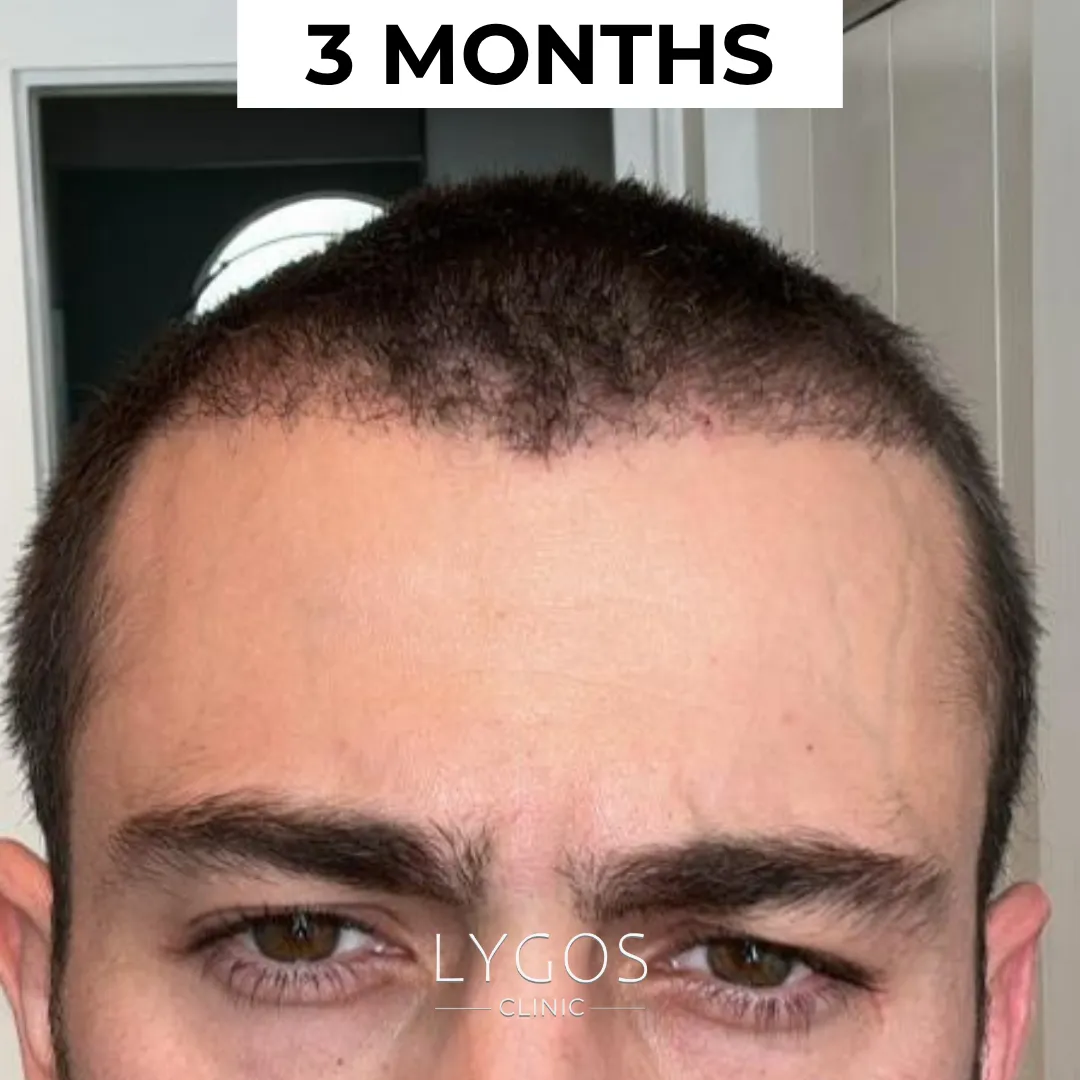
6–10 Months After
- Final results become visible
- Full hair density and natural appearance
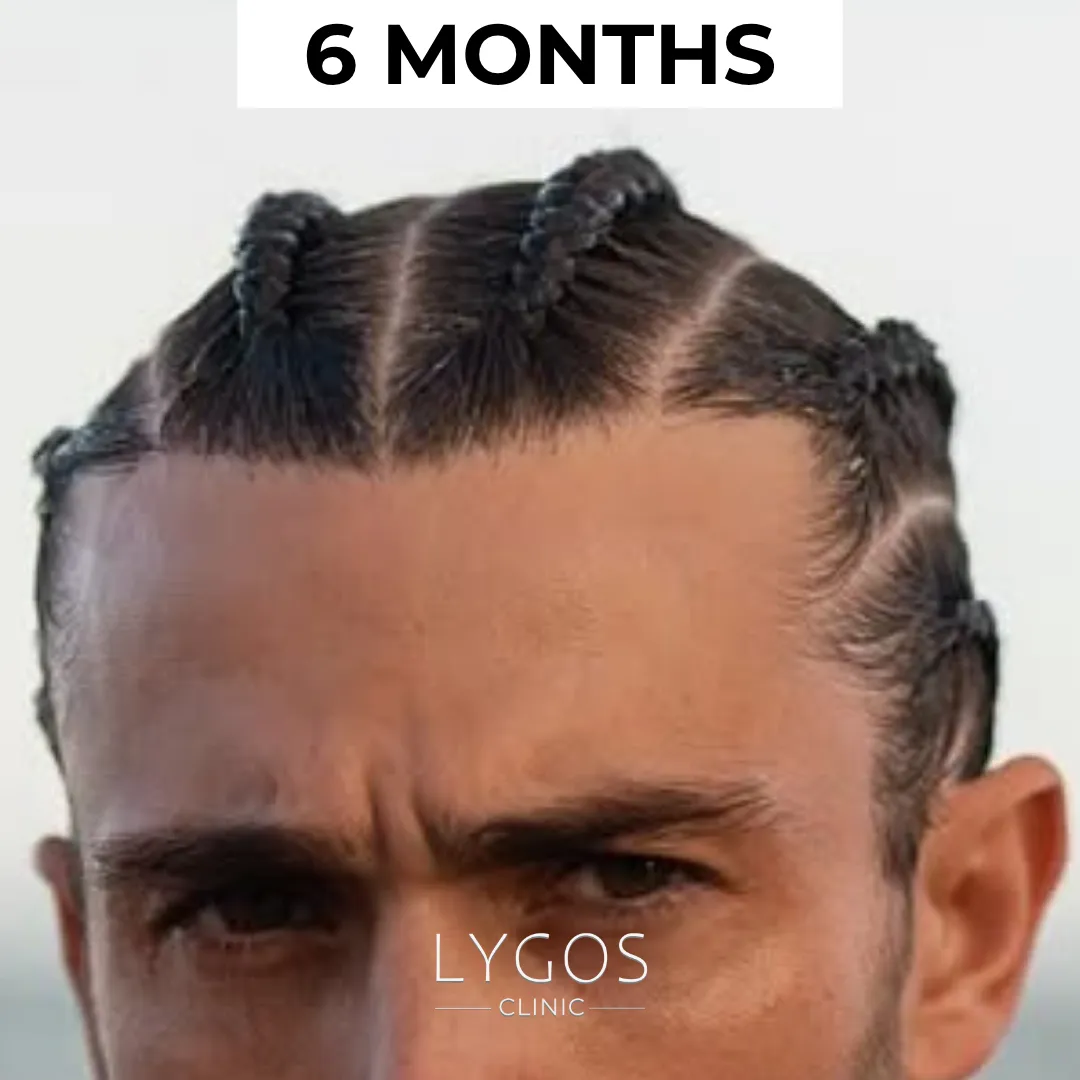
Hair Transplant Donor Area
The Hair Transplant Donor Area is the region from which hair follicles are extracted, typically the back of the scalp, as these hairs are resistant to hair loss. The quality of the donor area greatly influences the overall success of the transplant. At Lygos Clinic, patients experience excellent results in their donor areas, with minimal scarring and a natural appearance. Thanks to advanced techniques and a skilled medical team, recovery is smooth and the outcomes are consistently impressive.
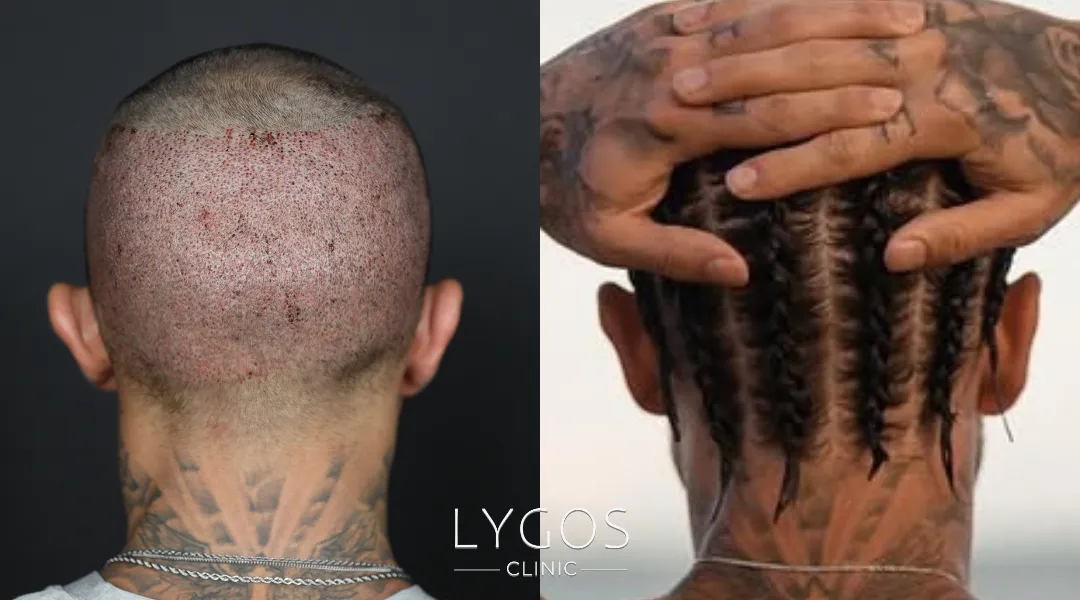
Hair Transplant Costs in Turkey
Turkey has become a global hub for hair transplant procedures, offering high-quality treatments at significantly lower costs than many Western countries. Thanks to its experienced surgeons, modern clinics, and medical tourism infrastructure, patients from all over the world choose Turkey for both affordability and excellent results.
At Lygos Clinic, we go beyond just the surgery—we provide all-inclusive packages that cover not only the hair transplant procedure but also luxury accommodation, airport-VIP transfers, personal translators, and detailed aftercare services. This makes the entire process seamless and stress-free for international patients.
Hair Transplant Cost Comparison by Country
|
Country |
Average Cos |
Currency |
Includes Accommodation & Transfers? |
|---|---|---|---|
|
Turkey |
2,500 – 5,500 |
€ EURO |
✅ Yes (at Lygos Clinic) |
|
United States |
8,000 – 14,000 |
€ EURO |
❌ Usually not included |
|
United Kingdom |
8,000 – 14,000 |
€ EURO |
❌ Usually not included |
|
Germany |
8,000 – 14,000 |
€ EURO |
❌ Usually not included |
|
UAE (Dubai) |
6,000 – 11,000 |
€ EURO |
❌ Optional at extra cost |
Edema After Hair Transplant
Edema, or mild swelling, is a common and temporary side effect that can occur after a hair transplant procedure. This swelling usually appears around the forehead, eyes, and scalp within the first few days following the surgery. It is caused by the body’s natural inflammatory response to the trauma of the transplantation process. While it can look alarming, edema is generally harmless and resolves on its own within 3 to 5 days.
At Lygos Clinic, we recommend applying cold compresses to the affected areas to help reduce swelling faster. Additionally, our doctors may prescribe anti-inflammatory medications to alleviate discomfort and minimize edema. Following post-op care instructions carefully will further accelerate the healing process and prevent complications. Patients are advised to sleep with their heads elevated and avoid strenuous activities during this period to promote quicker recovery.

Shock Hair Loss
Shock hair loss, also known as telogen effluvium, is a temporary shedding phase that can occur after a hair transplant. This phenomenon happens when transplanted and existing hairs enter a resting phase due to the trauma and stress of the surgery. Although it may be distressing to see hair thinning shortly after the procedure, it is a completely normal part of the hair restoration journey.
Typically, shock hair loss occurs within the first 2 to 6 weeks post-transplant and lasts for a few weeks to a couple of months. Importantly, this shedding phase is followed by a period of new hair growth, as follicles enter the active growth phase (anagen). Patients can expect to see visible, healthy hair regrowth within 3 to 6 months, with full results appearing around 9 to 12 months after the procedure.
At Lygos Clinic, we provide detailed guidance and support throughout this phase to reassure patients and optimize treatment outcomes.
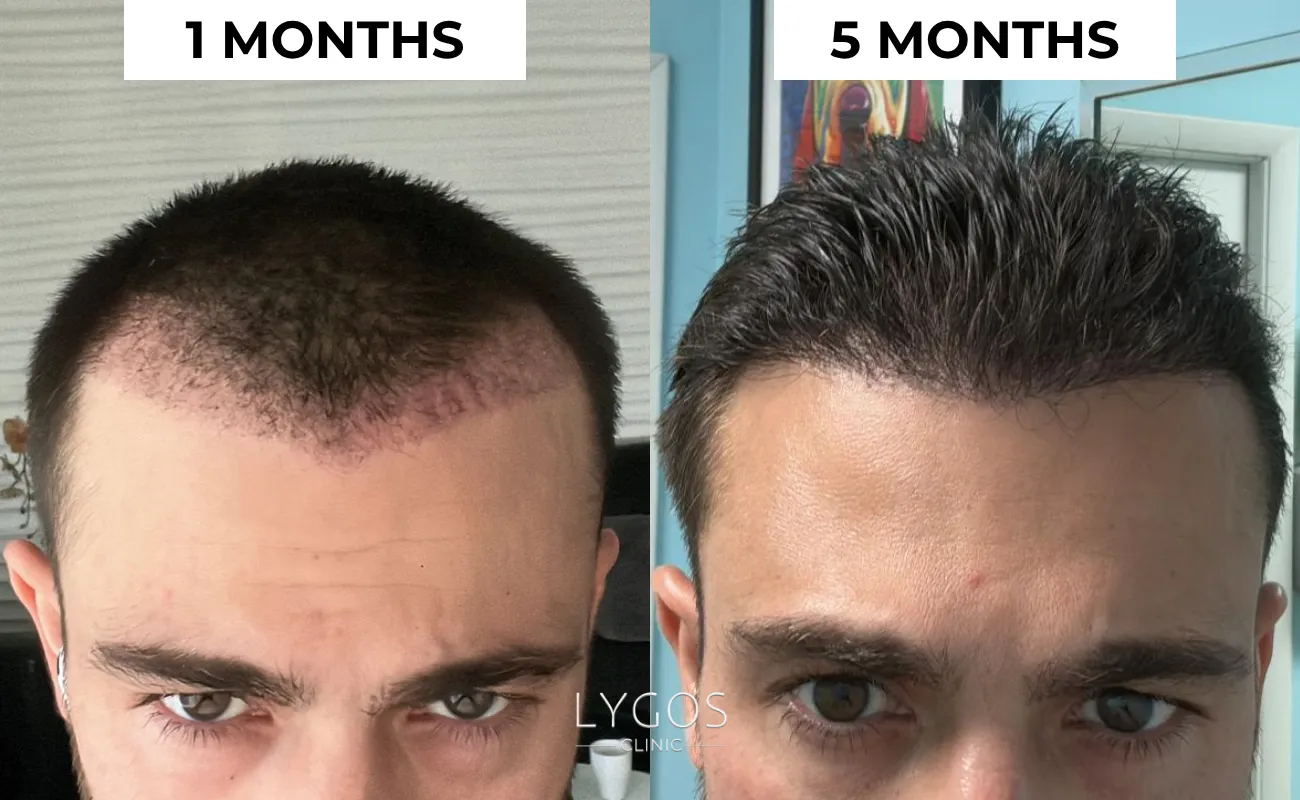
Stemcell Hair Transplant
The Stemcell Hair Transplant is an innovative advancement in hair restoration that combines traditional hair transplantation with stem cell therapy. This cutting-edge method leverages the regenerative properties of stem cells to stimulate hair follicle growth, improve graft survival, and accelerate the healing process.
During the procedure, stem cells are harvested from the patient’s own body, often from fat tissue or bone marrow, and then applied to the scalp alongside the transplanted follicles. This approach enhances the scalp environment, promotes tissue regeneration, and can improve the density and thickness of the newly growing hair.
Ideal for patients seeking long-lasting and natural results, stem cell therapy is particularly beneficial for those with advanced hair loss or poor donor areas. At Lygos Clinic, we integrate the latest stem cell technologies with our expert surgical techniques to provide personalized, state-of-the-art hair restoration solutions.
Get in Touch
Get professional treatments in Turkey at Lygos Clinic, offering effective, affordable treatments for a healthier and more aesthetically pleasing life.
You can contact us via WhatsApp and Instagram for a quick response.
Hair Transplant F.A.Q.
Turkey is famous for its quality and affordable hair transplant centers. The country has experienced experts, state-of-the-art facilities and a well-established reputation in this field.
Hair transplant in Turkey is generally more cost-effective than in many other countries. Costs may vary depending on the center where the procedure is performed and the number of grafts needed, but Turkey offers a good service for the price paid.
Yes, women in Turkey can also benefit from hair transplant for hair loss or thinning.
Research the locations carefully, read patient reviews and make sure that the center where you will have the procedure is accredited. To achieve the best results, it is very important to choose a qualified and experienced team of professionals.
Many clinics in Istanbul support high quality standards and safety protocols. Choose a clinic that is accredited, follows international medical standards, and is staffed by experienced and qualified medical professionals.
BLOG

Is Breathing Through the Mouth Harmful?
Chose Your Topic Is Breathing Through the Mouth Harmful? Breathing is one of the most fundamental needs of life. However,

Does Rice Water Make Hair Grow? | Benefits of Rice Water
Chose Your Topic Does Rice Water Make Hair Grow? Natural methods in hair care have become quite popular in recent

Breast Lump | Types: Benign, Malign and Causes | LYGOS 2025
Breast Lump While cancer stands out as one of the most common health problems today, early diagnosis rates are also



